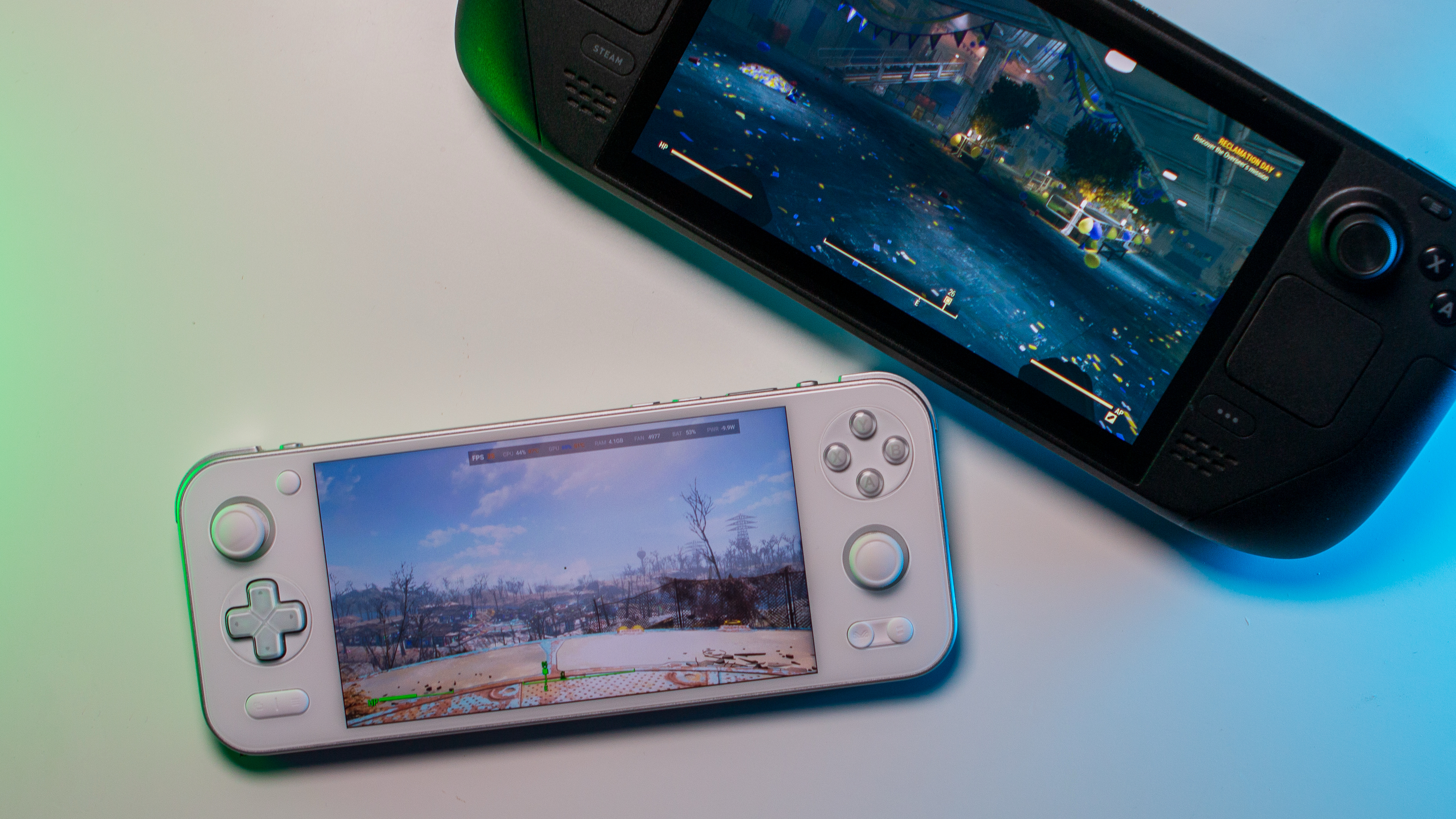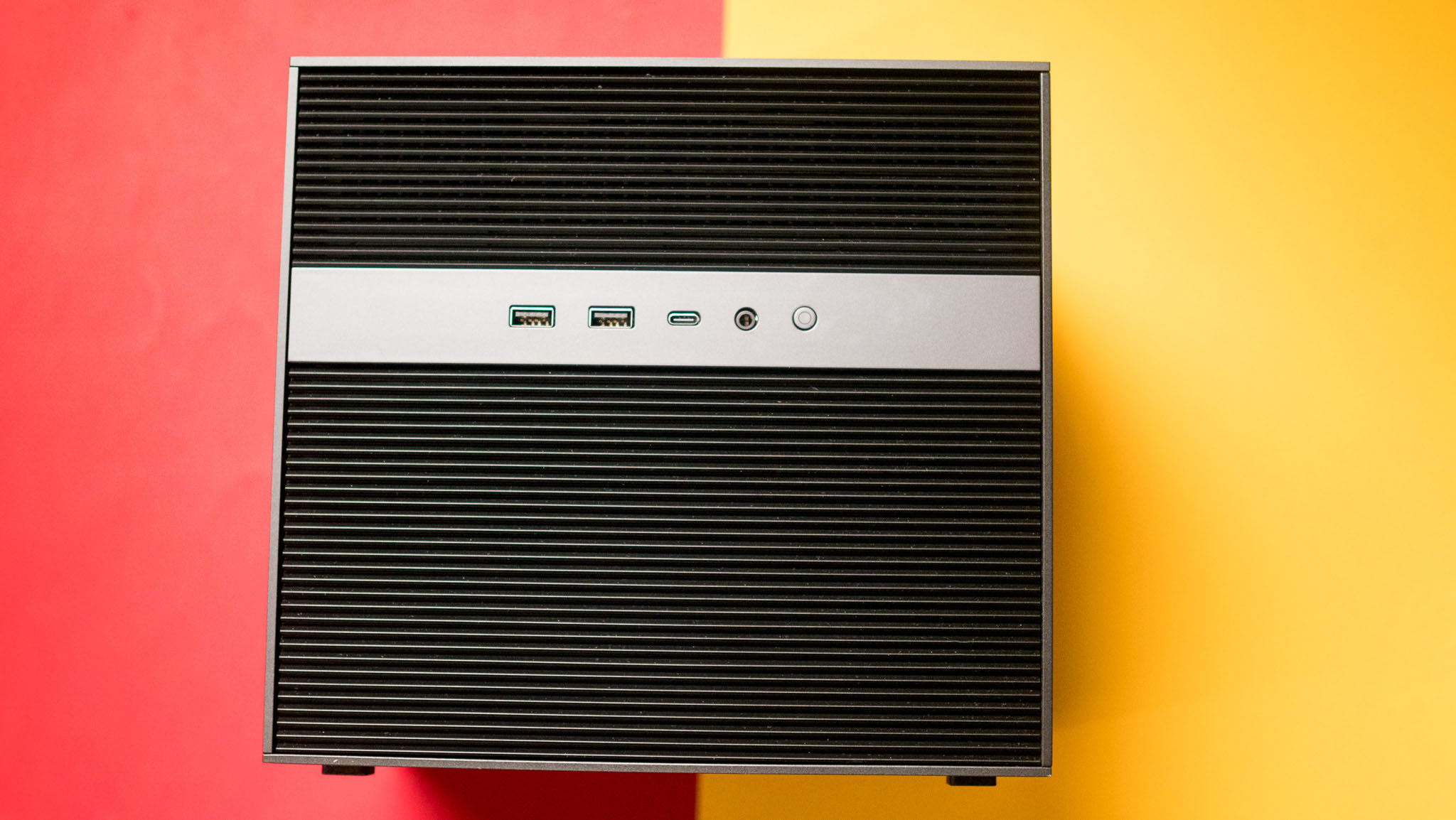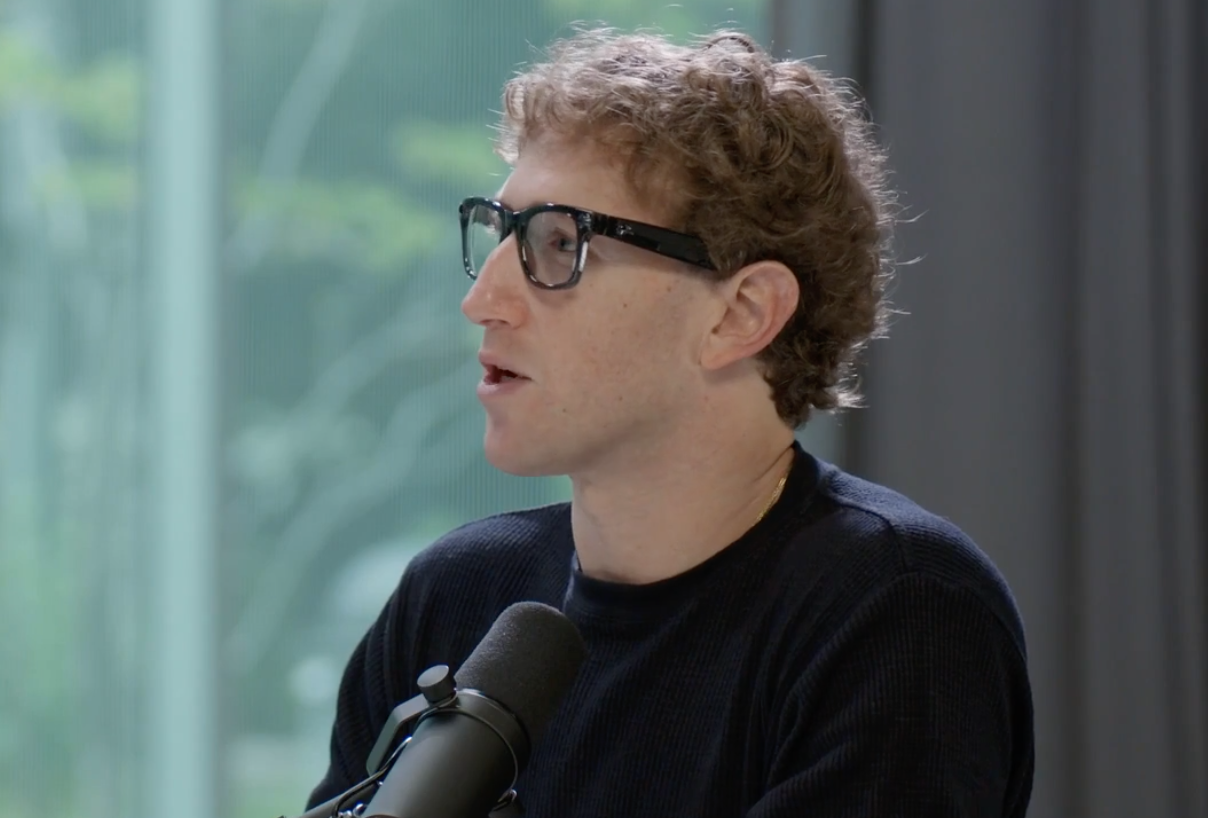Exploring the Legacy of Alan Sugarâs PCW Computers: A Retro Repair Journey

When discussing the pioneers of consumer electronics, Clive Sinclair often takes the spotlight for his innovative approach to using cost-effective hacks, which allowed for the creation of devices that pushed the boundaries of technology. However, Alan Sugar, the mastermind behind Amstrad, had his own unique brilliance, particularly in his ability to market and sell older technology, presenting it as fresh and revolutionary to the consumers of his time. A prime example of this strategy can be seen in his PCW series of computers, which were essentially rebranded 1970s CP/M machines cleverly marketed to appeal to the burgeoning home office market of the late 1980s.
The PCW computers gained a significant following, thanks to their affordability and the clever marketing that positioned them as the ideal solution for home users transitioning into the digital age. Notably, YouTube channel Retro Recipes has taken a nostalgic dive into this piece of computing history. In a recently uploaded video, the host, working with period-standard definition equipment, meticulously guides viewers through the process of repairing a Gotek drive and conducting a RAM upgrade on a PCW model.
The repair process detailed in the video is relatively straightforward, focusing on two main tasks: fixing a malfunctioning OLED screen on the Gotek drive and enhancing the system's memory capacity by installing a bank of DIP memory chips. This journey into retro computing offers a fascinating glimpse into the engineering decisions taken to minimize costs when transforming a CP/M machine into a consumer-friendly product. Viewers are treated to a close-up view of the inner workings of the PCW, showcasing the extensive use of custom chips, which were a hallmark of Amstrad's design philosophy.
Interestingly, the video also features a rare look at one of the unconventional 3-inch floppy drives used in these computers. Another notable aspect of the design is the integration of the power supply into the monitor board, a common practice for Amstrad devices that contributed to the overall simplicity of the system. Despite its straightforward construction, the PCW was a significant player in its era, and the full repair video can be found below the break for those keen to experience this retro revival.
Given their popularity during the late 1980s, one might expect to stumble upon numerous PCW machines tucked away in attics across the UK. However, the reality is that fewer of these vintage computers remain in circulation than one might anticipate. In fact, Retro Recipes has previously highlighted a significantly upgraded model, which speaks to the enduring legacy of Sugarâs designs and the ongoing interest in retro computing.

















